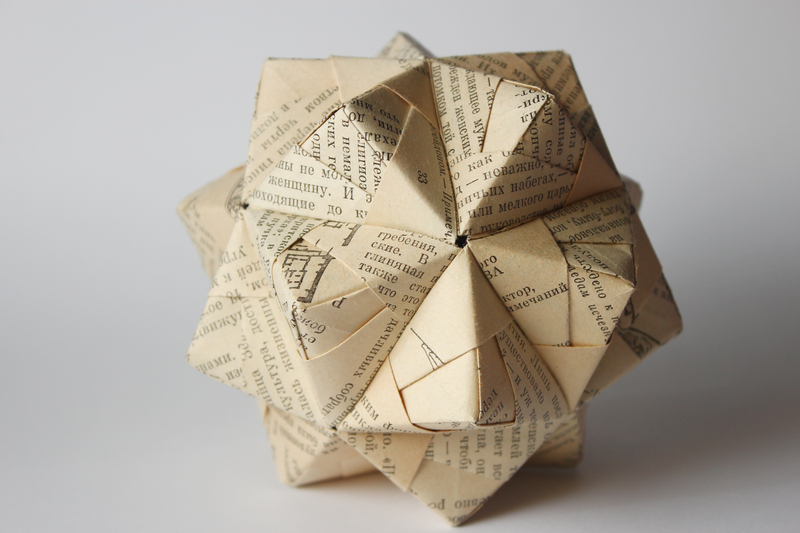Rethinking Cardboard Disposal and Packaging Waste
Cardboard disposal and packaging waste have become pressing environmental concerns in today's consumer-driven world. With the rise of e-commerce and changing lifestyles, the volume of cardboard packaging circulating globally has skyrocketed. But are we handling cardboard and packaging waste in the best possible way? This article dives deep into the current landscape, addresses challenges, and provides comprehensive guidance for eco-friendlier solutions, helping businesses, households, and communities to rethink how they dispose of cardboard and manage packaging waste.

The Growing Problem of Cardboard and Packaging Waste
Online shopping, fast delivery services, and the convenience economy have expanded rapidly over the past decade. While these advancements have simplified our lives, they have also multiplied the demand for packaging, much of it made from cardboard. According to the Environmental Protection Agency (EPA), over 90 million tons of packaging materials were generated in the United States in 2021 alone, with cardboard and paperboard comprising a significant share.
Why Cardboard Packaging Waste Is a Challenge
- Exponential Increase in Use: The surge in e-commerce has led to massive growth in cardboard packaging for individual shipments, often leading to excessive packaging.
- Contamination and Improper Disposal: Cardboard contaminated with food, oils, or non-recyclable materials ends up in landfills, reducing recycling efficiency.
- Resource Consumption: Cardboard is made from wood pulp, requiring water, energy, and trees. Improper disposal wastes these resources.
- Space in Landfills: Bulky cardboard occupies valuable landfill space and can take years to fully decompose.
Understanding the Cardboard Lifecycle
To rethink disposal, it's vital to understand the journey of cardboard packaging:
- Production: Cardboard is manufactured from wood pulp, consuming energy and water in the process.
- Distribution: It is used for shipping goods worldwide, often for single-use packaging.
- Use: Businesses and consumers unwrap products, generating waste from boxes, fillers, and liners.
- Disposal: Cardboard is either recycled, reused, composted, or disposed of in landfills.
Each stage presents opportunities for interventions that can dramatically reduce environmental impact.
Cardboard Disposal: The Right Way
Preparing Cardboard for Recycling
- Remove Contaminants: Take out plastic liners, tape, and packing peanuts.
- Flatten Boxes: Save space and improve processing efficiency by breaking down boxes.
- Keep Cardboard Dry and Clean: Wet or greasy cardboard often cannot be recycled and may end up in landfills.
By following these simple practices, we boost recycling rates and make the process more effective. According to industry statistics, recycling one ton of cardboard saves over 9 cubic yards of landfill space, over 40% of energy, and keeps countless trees standing.
Alternatives to Traditional Recycling
- Composting: Some types of cardboard, particularly brown corrugated boxes, are compostable. Shredded cardboard can supplement garden compost piles, turning waste into nutrient-rich soil.
- Reusing: Before recycling, consider reusing cardboard for storage, shipping, crafts, or DIY projects.
- Upcycling: Creative uses for cardboard include children's art, pet habitats, or even insulation for gardens and homes.
Innovations in Cardboard Packaging Waste Reduction
Forward-thinking companies are changing their approach to packaging design and waste:
- Eco-Friendly Packaging Design: Modern packaging makes use of recycled content and minimal materials, reducing overall waste.
- Returnable Shipping Boxes: Some e-commerce businesses now offer reusable shipping containers returned after delivery for reuse.
- Biodegradable Alternatives: Startups are researching alternatives to standard cardboard, such as mycelium-based or bagasse packaging.
Consumers can amplify these efforts by supporting brands committed to sustainable packaging.
Cardboard Waste Management in Businesses
How Companies Can Lead the Way
Businesses generate a significant amount of cardboard packaging waste. With responsibility comes the power to drive change:
- Implement Workplace Recycling Programs: This encourages staff to properly sort and dispose of packaging.
- Use Recycled and Recyclable Packaging: Sourcing eco-friendly options shows commitment to sustainability.
- Optimize Shipments: Minimize the number of boxes shipped, use lightweight packaging, and eliminate unnecessary fillers.
- Educate Customers: Include instructions on how to recycle or reuse packaging, partnering with recycling organizations for easy disposal.
Community and Municipal Initiatives
Building a Culture of Responsible Cardboard Disposal
Local authorities and communities can play a crucial role in reducing packaging waste:
- Improve Local Recycling Infrastructure: Increase the number of cardboard collection points and facilities.
- Awareness Campaigns: Educate residents about the importance of proper waste sorting and recycling.
- Support Upcycling Projects: Fund and promote initiatives that turn packaging waste into useful products.
Community buy-in and collective action are essential for scaling up cardboard recycling rates and reducing waste sent to landfills.
The Environmental Impact of Cardboard Disposal
When cardboard and other packaging materials are incorrectly disposed of, the consequences extend far beyond the loss of recyclable materials:
- Greenhouse Gas Emissions: Decomposing cardboard in landfill releases methane, a potent greenhouse gas.
- Resource Depletion: Wasting paper products pressures forests, affecting biodiversity and climate stability.
- Landfill Overflow: Excess packaging waste strains public resources and pushes landfills towards capacity.
Reducing and properly managing cardboard waste isn't just about recycling; it's about protecting the planet for future generations.
Consumer Choices: Making a Difference in Cardboard Packaging Waste
Tips for Households to Reduce Cardboard Waste
Individuals have more power than they might think to address the growing problem:
- Choose Minimal Packaging: When shopping online or offline, opt for brands that use less packaging or offer zero-waste options.
- Reuse Boxes: Store, donate, or offer usable boxes to local businesses or friends.
- Educate Your Household: Ensure everyone in your home knows how to properly prepare cardboard for recycling.
- Compost at Home: If you compost, add shredded, plain cardboard to help balance moisture and carbon content.
- Get Creative: Upcycle boxes for crafts, kids' playhouses, or gardening aids like weed barriers.
Policy Perspectives: Avenues for Improvement
Legislation can foster sustainable handling of cardboard packaging waste:
- Extended Producer Responsibility (EPR): Require manufacturers to bear financial or physical responsibility for the end-of-life management of their packaging.
- Mandatory Recycling Targets: Set and enforce recycling goals for businesses and municipalities.
- Ban or Limit Excessive Packaging: Regulate oversized boxes or unnecessary fillers for shipped goods.

The Future of Cardboard Packaging Waste Management
As innovation in packaging design and waste management evolves, the following trends offer hope:
- Smart Packaging: New materials embedded with recycling information, traceability, or even reusable chips for returns.
- Closed-Loop Systems: Packaging that is returned, sanitized, and used again to eliminate single-use waste.
- Decentralized Composting and Recycling: Communities equipped to handle waste locally, enhancing efficiency and reducing carbon footprints.
Conclusion: Rethink, Reduce, Recycle
Rethinking cardboard disposal and packaging waste demands a collaborative and conscious effort from all stakeholders--manufacturers, businesses, policymakers, communities, and consumers. Educate yourself about proper cardboard recycling methods. Support businesses that take packaging circularity seriously. Advocate for policies that minimize unnecessary packaging and foster efficient waste management systems.
The transition to a more sustainable model isn't just about saving space in our landfills--it's about conserving precious resources, reducing emissions, protecting biodiversity, and ensuring a healthy, thriving planet for generations to come.
Take Action Today!
- Audit your waste: Keep track of your household's or business's packaging waste for a week and set measurable goals for reduction.
- Spread the word: Share this knowledge about responsible cardboard disposal and packaging waste with your community.
- Never underestimate your impact: Small changes, multiplied across millions, generate real environmental progress.
By rethinking cardboard disposal and packaging waste now, we pave the way toward a circular economy and a cleaner, greener world for everyone.